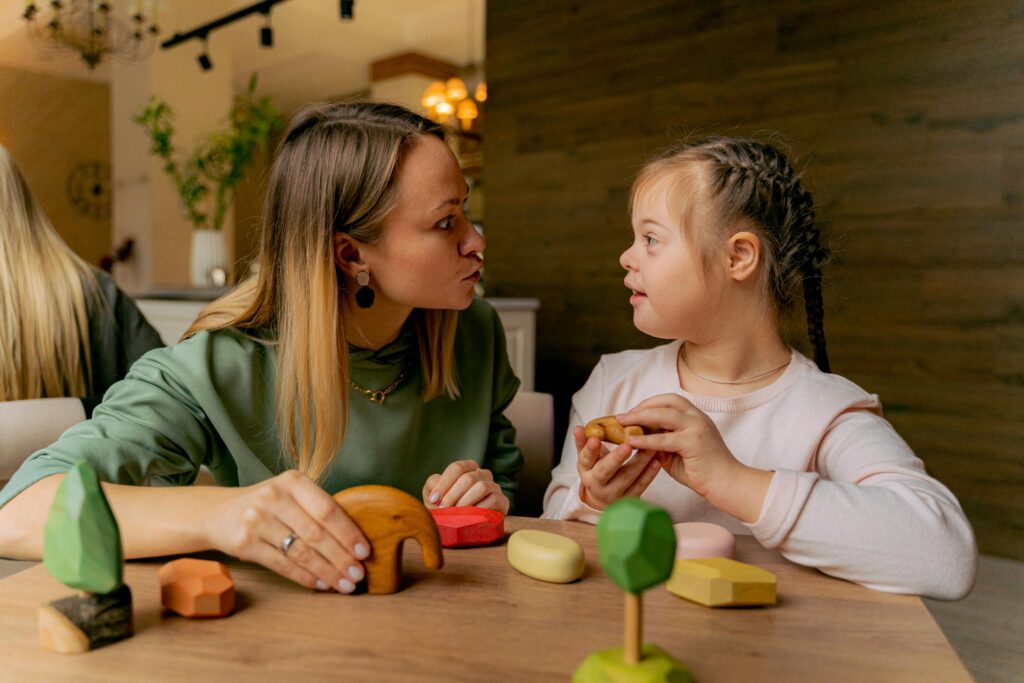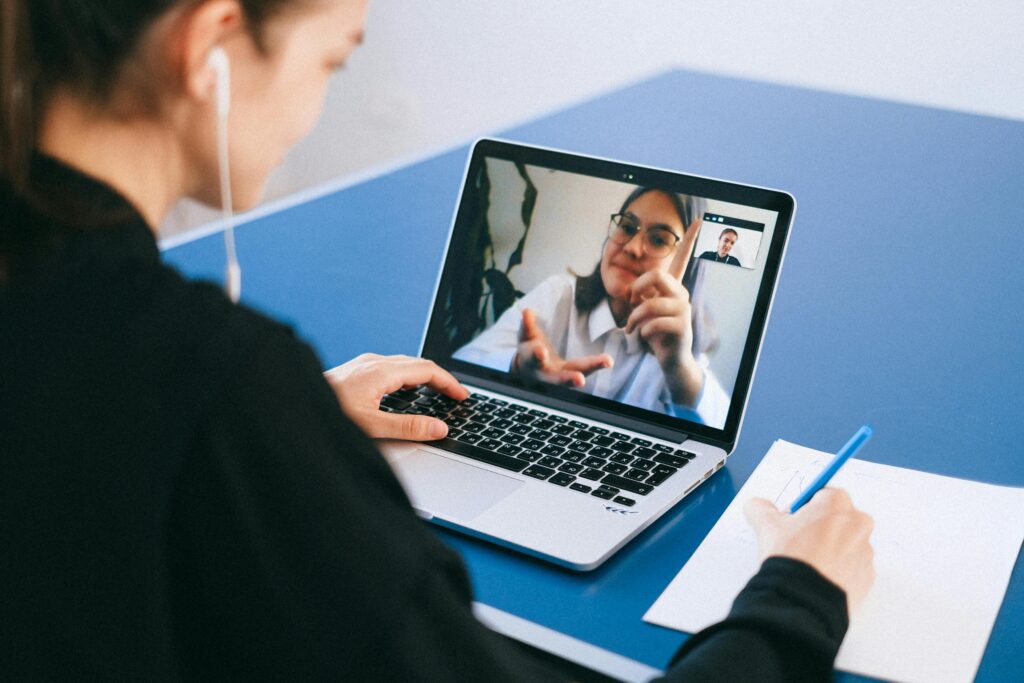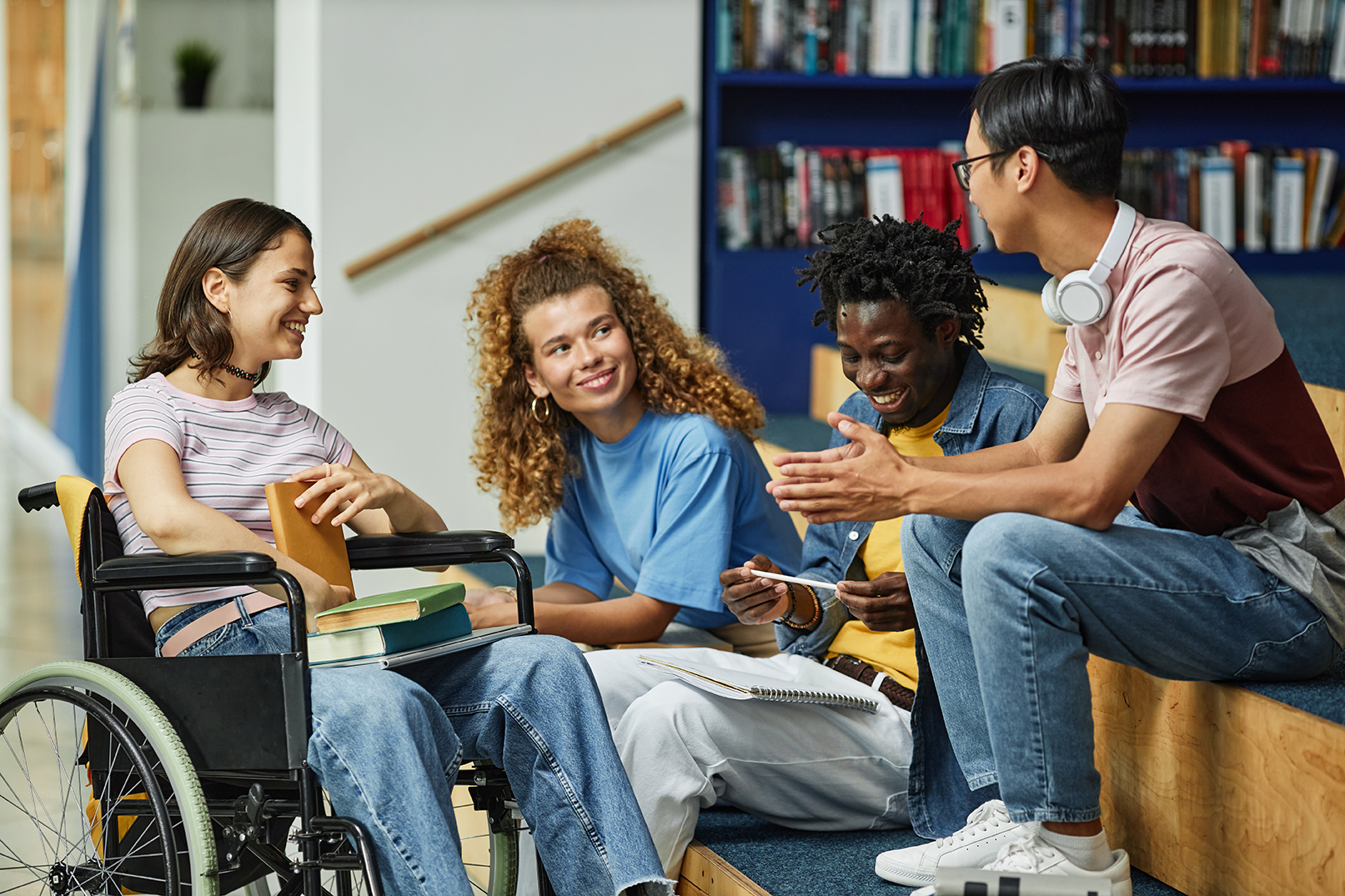In today’s world, fostering inclusivity and accessibility is foundational to creating an equitable society. Ensuring that individuals with disabilities have equal opportunities to participate fully in all aspects of life is not just a moral obligation but now also a legal one. The provision of accommodations for individuals with disabilities has evolved over time, influenced by social movements, legislative changes, and growing awareness. This comprehensive guide explores various accommodations for disabilities, highlighting the importance of accessibility in different spheres of life and how these measures benefit everyone.
Understanding Accommodations
Accommodations are modifications or adjustments that enable individuals with disabilities to perform tasks, access services, and participate in activities that might otherwise be difficult or impossible. These accommodations can be broadly categorized into physical, educational, workplace, digital accessibility, and mental health accommodations. As society has evolved and adjusted to creating space for more accommodations, it has become abundantly clear that accommodations not only support people with disabilities, but create better social and workspace environments for everyone, regardless of ability. By implementing accommodations on a more universal scale, we are ensuring that everyone has the opportunity to participate in society to their highest potential.
Physical Accessibility
Physical accessibility is important to allow all people the right to move freely throughout their communities. When we make accessibility for all the baseline of community planning, interior design, and architecture, we set a standard of equality for everyone, and make an environment everyone can benefit from. For example, installing ramps and elevators in buildings allows individuals using wheelchairs or those with mobility impairments to access different floors and areas with ease, while also creating more accessibility for parents with strollers, delivery personnel, people using bicycles, to name a few.

A woman who is a wheelchair user cuts vegetables in a kitchen equipped with a low counter that she can roll her chair up to.
Accessible restrooms, equipped with grab bars, wider doors, and lower sinks, cater to individuals with physical disabilities, while also making facilities easier to use for families with young children and elderly individuals. Designated accessible parking spaces close to building entrances facilitate easier access for those with mobility impairments and can serve as convenient spots for quick pickups or drop-offs during busy periods.
Clear, readable signage, including Braille and tactile options support individuals with visual impairments in navigating spaces. This also helps everyone in large or complex buildings, improving overall navigation.
Currently, Centers for Independent Living such as CPWD are advocating for laws and policies that increase the use of Universal Design principles in both building and tech. Universal Design emphasizes creating spaces and products that are inherently accessible to all people, regardless of age, disability, or other factors. This approach integrates accessibility features into the initial design, ensuring environments are more inclusive from the start, benefiting the entire community. CPWD worked with Congressman Joe Neguse to draft two new bills: one to incentivize and reward builders who use universal design standards, which aims to increase the volume of accessible housing in our communities. By adopting Universal Design principles, we create more welcoming and functional spaces for everyone, enhancing overall accessibility and inclusivity. Read this previous article to learn more about Universal Design.
Educational Accommodations

A girl with an intellectual disability works with her teacher in the classroom.
Educational accommodations exist so students with disabilities receive the support and resources they need to succeed academically. Individualized Education Programs (IEPs) are tailored educational plans that provide personalized support, addressing the unique needs of each student with a disability. They open the door for the best accommodations to be made. By focusing on individual strengths and challenges, IEPs not only help students with disabilities thrive but also promote personalized learning approaches that benefit all students by catering to diverse learning styles.This could range from adaptable schedules to specific learning styles and tools. IEPs pave the way for customized accommodations to be offered so each student has the opportunity to learn to their highest potential.
Assistive technology is a key component in supporting students with disabilities in their learning process. Tools like speech-to-text software, screen readers, and communication devices are a necessity for students with various disabilities, enabling them to engage with the curriculum more effectively. Beyond supporting students with disabilities, these technological aids can benefit students who are learning English as a second language or those who have temporary injuries, ensuring that all students have the tools they need to succeed. This once again demonstrates how creating environments that support all abilities creates opportunities for everyone to thrive.
Accessible classrooms are fundamental to accommodating students with physical disabilities. Desks, chairs, and other classroom furniture should be adjustable and designed to meet the needs of all students. Flexible classroom setups can be rearranged for group projects or special events, enhancing the learning experience for everyone. By creating adaptable and inclusive classroom environments, schools can ensure that all students have the opportunity to participate fully in their education.
Workplace Accommodations
Workplace accommodations are necessary for supporting employees with disabilities and creating a more inclusive and productive work environment for everyone. For example, allowing employees to have flexible hours and remote work options is particularly beneficial for those with chronic illnesses or disabilities, as it enables them to manage their health needs more effectively. During the pandemic, it was proven that once-circumspect work-at-home flexibility in fact supports work-life balance for all employees. This accommodation empowers people to make the best decision for themselves on how to manage their work and personal life most effectively, leading to higher job satisfaction and increased productivity.
Providing ergonomic workstations is another important accommodation. Adjustable desks, chairs, and computer equipment help employees with physical disabilities work comfortably and efficiently. Beyond benefiting those with disabilities, ergonomic workstations can also reduce common workplace injuries like repetitive strain injuries, enhancing overall workplace health and safety.
Job restructuring is a valuable approach to ensuring employees with disabilities can perform their roles effectively. By modifying job duties to match individual abilities, employers can make better use of skills and talents across the workforce. This practice not only supports employees with disabilities but also leads to a more efficient and productive team dynamic.
Support services such as sign language interpreters, job coaches, and personal assistants play a significant role in aiding employees with disabilities. These services improve communication and provide essential support, enabling employees to perform their job tasks more effectively. Furthermore, offering such services enhances team collaboration and support for all employees, fostering a more inclusive and cohesive work environment.
Implementing workplace accommodations, from flexible schedules to ergonomic workstations, job restructuring, and support services, is essential for promoting inclusivity and productivity. These measures not only support employees with disabilities but also create a more supportive and efficient workplace for everyone.
Digital Accessibility
Digital accessibility has continued to broaden in scope with recent technological advances. It is a key aspect of creating inclusive online environments which most of the world depends on in modern times. Ensuring that websites are designed with features like screen reader compatibility, keyboard navigation, and alt text for images makes them accessible to individuals with visual and motor impairments. Such accessible websites are not only more usable for people with disabilities but also easier to navigate for everyone, including those with slower internet connections or older devices.
Developing software and mobile applications with accessibility in mind is crucial. When accessibility features are integrated from the start, these tools become usable by individuals with various disabilities. User-friendly interfaces, designed to be intuitive and accessible, benefit everyone by making technology more straightforward and inclusive.
Providing captions for videos and transcripts for audio content is another important aspect of digital accessibility. These accommodations help individuals with hearing impairments access information. Beyond that, captions and transcripts are beneficial for non-English (or other language in other countries) speakers and anyone in noisy environments, making information more accessible to a broader audience.
Voice-activated technology also plays a significant role in digital accessibility. Devices and applications that respond to voice commands can be especially useful for individuals with motor impairments, allowing them to operate technology hands-free. This technology is convenient for everyone, providing an efficient and hands-free way to interact with devices in various situations. For example, being able to use voice-to-text in automobiles has significantly reduced accidents from texting while driving. To learn more about how digital accessibility has changed, read this previous article.
By prioritizing digital accessibility through inclusive website design, accessible software, captioning, and voice-activated technology, we can create online environments that are more usable and welcoming for all users. These measures not only support individuals with disabilities but also enhance the overall user experience, making digital spaces more inclusive and functional for everyone.
Mental Health Accommodations
Healthcare providers are increasingly acknowledging the importance of accommodating mental health needs, a shift that reflects a growing awareness of mental health disabilities as invisible disabilities. Unlike physical disabilities, mental health conditions often go unnoticed and have historically been under-recognized and under-treated. Today, efforts are being made to ensure that mental health receives the attention and care it deserves.
One significant approach is the development of integrated care models. By combining physical and mental health services, healthcare providers can offer holistic care that addresses all aspects of a patient’s or consumer’s well-being. This integration ensures that mental health is not treated as secondary but as an essential part of overall health.

Two women speak to each other through a telehealth session on a laptop. The woman on the screen is using sign language.
Telehealth services have also become a vital component of accessible mental health care. Offering remote counseling and psychiatric services increases accessibility, especially for individuals who may have difficulty attending in-person appointments due to geographical, mobility, or time constraints. Telehealth reduces barriers to receiving care, making it easier for people to seek help when they need it.
Creating supportive environments in healthcare settings is another critical step. These environments are designed to be welcoming and non-stigmatizing for patients seeking mental health care. By fostering a culture of understanding and acceptance, healthcare providers can encourage more individuals to seek treatment without fear of judgment.
Patient-centered care is central to effectively accommodating mental health needs for people with disabilities, and for all. This approach involves actively including patients in their treatment plans and respecting their preferences and needs. By empowering patients to participate in their care decisions, healthcare providers can offer more personalized and effective treatments, ensuring that mental health care is tailored to each individual’s unique situation.
As mental health disabilities become more recognized and accommodated, healthcare providers are better equipped to offer comprehensive and compassionate care. This shift not only benefits those with mental health conditions but also promotes a more inclusive and effective healthcare system for everyone. To learn more about accommodations for mental health, read this previous article.
Accommodations for disabilities are essential for creating an inclusive society where everyone has equal opportunities to participate and thrive. Embracing inclusivity not only benefits those with disabilities but also enriches our communities as a whole. By implementing physical, educational, workplace, and digital accessibility measures, we can ensure that individuals with disabilities are empowered and supported in all aspects of life. Not only that, by making these accommodations a baseline standard we create a society based on equality, on the recognition that accommodations are not about catering to limitations, but are instead about opening up possibilities. By creating a society where all needs are addressed simultaneously in design and approach through these different accommodations, we build a foundation of equity for all.





